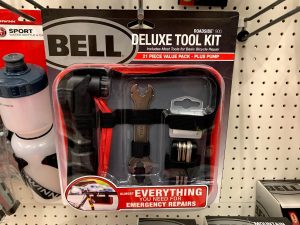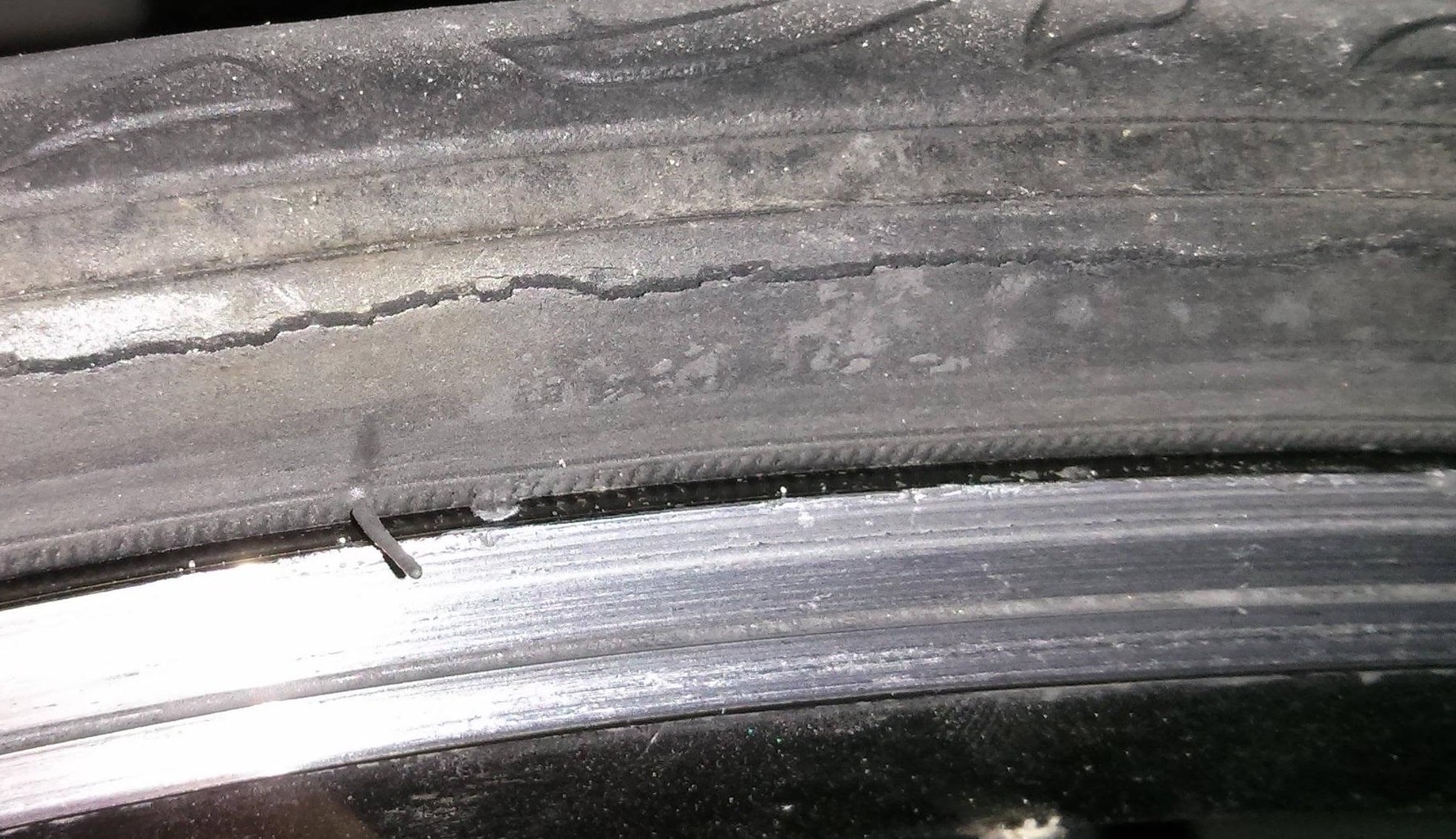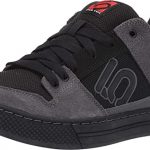I was thinking lately about bike tires cracking and what causes them to crack. When they crack, are they safe to keep using or are they too dangerous to use. So I decided to do a little research and share it with you today.
You can keep your tires from cracking by riding your bike often and storing your bike out of direct sunlight. Rubber tires do their best when they are used often, causing the rubber to flex. UV sun rays also cause the rubber to break down and become more brittle, so storing them out of direct sunlight can drastically help the tires not to crack.
Of course, substandard rubber in the tires can speed up cracking in the tires as well.
I’m sure you have more questions like how safe are tires that have already cracked. Let’s jump right into what exactly causes tires to crack so you can avoid it and then what you should do once they do crack.
What Causes Tires To Crack?

Tires will crack for one of 4 main reasons under normal usage. When a bike tire cracks, it means the layers of the tire are separating and breaking down. There are many ways and these are the most common ones.
Tires Exposed to UV Light When Stored
Bike tires are made of rubber which can break down the rubber when it has prolonged exposure to the Sun’s UV rays. This is known as UV degradation. The rubber will crack and disintegrate
You may wonder why these bike tires companies aren’t doing something to help the tires last longer since everytime they are in use they are exposed to UV rays.
As it turns out, they do include a UV stabilizer, and it’s called Carbon Black. This Competitive Absorber captures the UV radiation and converts it to heat which becomes harmless.
This absorber is almost always used to help stabilize and reinforce rubber in tires, and it’s the reason why all of these bike tires are black.
So while the stabilizing agent does help, it just slows down the process of the rubber breaking down.
You can’t help the sun affecting your tires while riding (which is minor), but store the bike out of the sun to really slow down this process.
Bike Tires Are Not Used Enough
Storing a bike in the garage on a concrete floor when not in use seems like a fair thing to do. It’s out of the weather and away from UV rays. So why is it bad?
In itself keeping a bike in the garage is fine. Keeping it in the garage and not using it is bad.
And no, I don’t mean just because they’re so fun to ride 🙂
Bikes just sitting in the garage can develop what is called Dry Rot. The tires become brittle and less pliable over long periods of time.
You may not see the dry rot until you ride it for a couple of miles and notice the cracks happening. Fundamentally the tire compound is breaking down and not interacting with the road as it should.
The risk is that the tires could have a blowout and it could result in you getting hurt.
If you plan on riding a bit, it’s worth spending a few bucks to just replace the tires to be safe. You can get 29″ Schwinn replacement tires on Amazon for only $21.99. For $44 you can be good as new and no risk.
Bike Tires Ridden With Low Air Pressure
Riding a bike with tire pressure too low can also cause cracks as less tire pressure means the tire structure isn’t supported nearly as well as it was designed for.
Mountain bike tires are normally 25 to 35 psi. Road bike tires are normally 80 to 120 psi.
If you were to run road tires at say 40 psi, the tires will have more stress and more likely to develop cracks in the tire. The sidewall damage tires compound can get in this situation is enough to structurally compromise the bicycle tire itself.
The only safe thing to do at this point is replace the tire and ensure the tires are inflated normally for future rides.
Tires Have Defective Rubber Compound or a Manufacturing Mistake

Sometimes tires are just not made very well from the manufacturer.
When you see something like the above picture, it’s not something you did wrong.
Tires are made from different rubber compounds, and sometimes they aren’t sticking together too well. The picture above shows where the sidewall rubber compound and the tread rubber compound are separating and something like this is a defect from the manufacturer that comes out given enough time.
It may take more than 6 months or as little as a month, but main tread can actually separate from the rest of the tire.
This is not something to mess around with. Replace these suckers fast.
Are Cracked Tires Safe To Ride On?
Tires that have cracks can have different ways that the bike tires can fail depending on what caused the crack to develop.
- Tires can develop air leaks
- Tires can blowout
- Tire tread can separate from the rest of the tire
While none of these are good, if you are riding near vehicles or hauling down a mountain, the results could be disasterous.
Remember that a tire isn’t safe just because it can roll. The key issue is whether the tire can still effectively perform as it should for your bike on the road.
So, cracked bicycle tires are not safe to ride on and they should be replaced immediately.
Just imagine you’re jumping your bike and you come down and your tire has a blowout. Not a pretty thought, so just be safe and replace tires when they are not performing as they should.
How To Prevent Tire Cracks
After you’ve had to deal with one set of cracked tires, the first question is going to be how to prevent it from happening in the future. It’s a fair question to say the least.
So here’s my list on what I do to make sure my tires stay fresh and safe, keeping in mind that the tires are the only thing actually touching the road so it’s pretty important.
- Check the tires for existing cracks
- Check the tire pressure before riding either every ride or at least twice a week if you ride often
- Keep the bike stored out of the sun
- Ride the bike for at least 5 miles once a week to ensure normal usage and flexing of the rubber in the tires
Really that’s all I do. After awhile, it’s just part of normal maintenance.
Always check the tires, brakes, and all mechanical items regularly and bikes are a lot more trouble-free. In fact, if you have to take off your wheels to load it into a vehicle to transport to the trails, now is a perfect time to inspect the tires.
That and be sure to bring a spare tube and a mini air pump in your backpack of biking supplies to ensure you can get to where you are going. Heck, even something like this Bell tool kit one I saw at Target the other will help you out in a pinch.

How Long Should a Bike Tire Last?
How long bike tires should last really depends on what type of bike tires. Generally speaking, expect 1,000 to 3,000 miles out of a set of bike tires
| Tire Type | Expect Mileage Tire Should Last |
| Road Tires | 1,000 to 3,000 miles |
| High-End Tires | 2,500+ miles |
| Racing Tires | 1,000+ miles |
| Touring Tires | Up to 4,000 miles |
| Trail Tires | 3,000 miles to 8,000 miles |
Tires like trail tires and touring tires are durable because they often are used on more technical terrain. Things like sharp rocks can radically cut down on the mileage of a tire but don’t avoid having fun either.
Expect for racing tires, most tires you can expect to get around 2,000 miles of usage out of.
The key is to learn how to examine your bike tire for signs of advanced wear and that it’s time to replace them.
Look for these key issues to alert you that the tire is ready to replace:
- You can see threads beneath the rubber in places
- The tire has bulges in some spots
- The tire won’t hold pressure
- The tire has cracks. A tire cracking is a sure sign that the rubber is breaking down.
So just keep an eye on your tires and make tire inspection part of your regular checkup. If you see any of the common signs of tire failure, be safe and just get a new set so you can enjoy riding without issues everyday. Replace bike tires before one goes out while you are riding.





